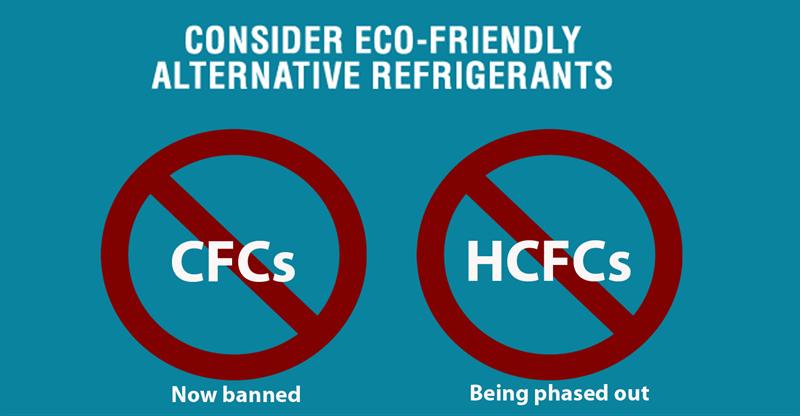Cfc reduction
Courtesy : https://wmich.edu
Chlorofluorocarbons, along with other chlorine- and bromine-containing compounds, have been implicated in the accelerated depletion of ozone in the Earth’s stratosphere. CFCs were developed in the early 1930s and are used in a variety of industrial, commercial and household applications. These substances are non-toxic, non-flammable and non-reactive with other chemical compounds. These desirable safety characteristics, along with their stable thermodynamic properties, make them ideal for many applications as coolants for commercial and home refrigeration units, aerosol propellants, electronic cleaning solvent, and blowing agents.
Because of the contribution of CFCs to ozone depletion, we at the Engineering Division of Western Michigan University Facilities Management have replaced all CFCs used in on campus refrigeration applications with HCFCs.
Hydrochlorofluorocarbons still contain chlorine atoms, but the presence of hydrogen makes them reactive with chemical species in the troposphere. This greatly reduces the prospects of the chlorine reaching the stratosphere, as chlorine will be removed by chemical processes in the lower atmosphere.



